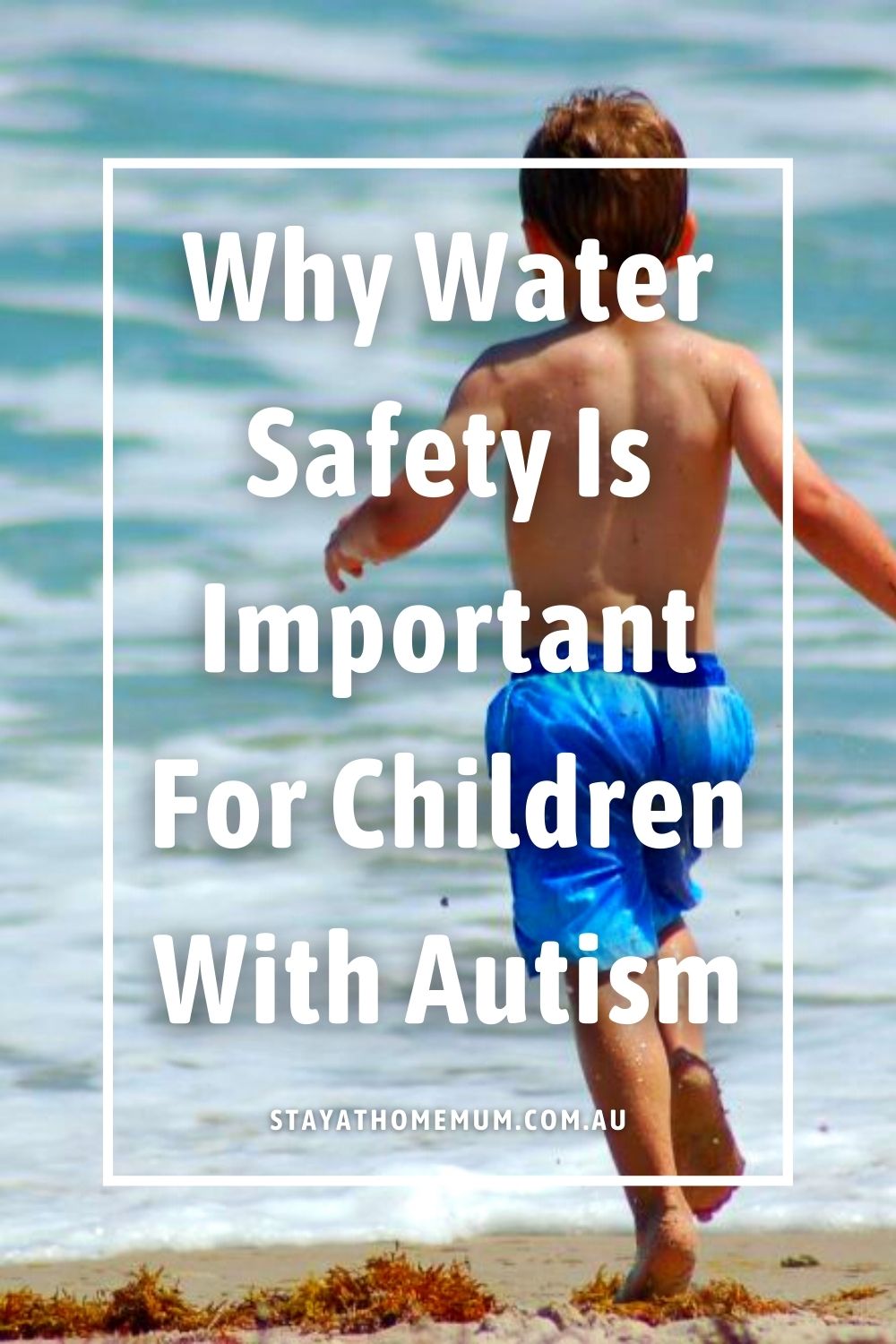
Australia and the beach are synonymous.
We have some of the most beautiful coastal landscapes in the world, along with other natural bodies of water, such as rivers and lakes. Many houses also have a pool.
In 2007, almost 12% of Australian households had a swimming pool in their backyard. That number has surely increased. That is why we need to be so vigilant with water safety, especially for children.

Drowning in Australia: The Facts
Between 1 July 2016 and 30 June 2017, 291 people drowned in Australian waterways. There were 97 deaths in inland waterways, 50 at beaches, 46 in the ocean or harbour and 44 in swimming pools. In addition, there were an estimated 685 non-fatal drowning incidents in the same period.
If we drill down further, in the 0-4 age group, there were 29 drowning deaths and 12 in children aged 5-14 years. At least 75 percent of the drowning deaths of children under five resulted from a fall into the water. Swimming pools were the most common locations for drowning.
Drowning in Children with Autism Spectrum Disorder (ASD)
Did you know that children with autism are 160 times more likely to drown than the rest of the population in the same age group? Tragically, drowning is the cause of death for 90% of autistic children under 14 years of age.
What is Autism?
Autism Spectrum Disorder is a lifelong developmental condition. Generally, someone with ASD has trouble interacting and communicating with others, has narrow interests and repetitive behaviour. In 2015, there were 164,000 Australians with autism. Autism is more often diagnosed in males than females.
Why Does Autism Increase the Chance of Drowning?

It is estimated that about half of all children with ASD wander. This is a rate nearly four times higher than children without autism. The reason that a child may wander (also called absconding, elopement or fleeing) can be to avoid something in their environment, flee to a favourite location, feel in control and to seek out a sensory stimulus. Such sensory stimuli can include water.
Water is hypnotic, soothing and enticing, and many children with autism associate water with alleviating their anxiety. For example, they may use baths or showers or water play as a technique to self soothe.
It is also very important to realise that many children with autism do not perceive danger well and they often have great difficulty generalising. That is, the ability to transfer skills and information learned in one setting to another settings.
For example, the child may be a strong swimmer in a familiar environment such as a pool, but they may not be able to demonstrate the same skill in a lake or in the ocean.
What Can We Do?
As parents, we understand the importance of teaching all children to swim and be responsible around water.
However, when it comes to children on the spectrum, the focus should not be on swimming or strokes, rather it should be placed first and foremost on water safety in different environments.

Regular swimming lessons are often not suitable for children with autism. Often, classes are held with numerous children in a small pool, the environment is loud and echoey and it can be very overwhelming and overstimulating for a child with ASD.
If you have a child with autism, look for tailored swimming programs that have been designed specifically for children with autism and cognitive deficits. These may be held in public swimming pools out of peak hours or by a private swimming teacher in your own pool.
Do you have a child with autism? Have you taken your child to swimming lessons?
Do you think swimming lessons should be compulsory for all children on the Spectrum?




 Top 14 Online Adult Shops in Australia
Top 14 Online Adult Shops in Australia  List of Environmentally Friendly Disposable Nappies (and...
List of Environmentally Friendly Disposable Nappies (and...  List of the Best Weight Loss Shake...
List of the Best Weight Loss Shake...  Where to Buy Wholesale Vibrators to Sell...
Where to Buy Wholesale Vibrators to Sell...  Our Honest Bed Threads Review 2021
Our Honest Bed Threads Review 2021 



